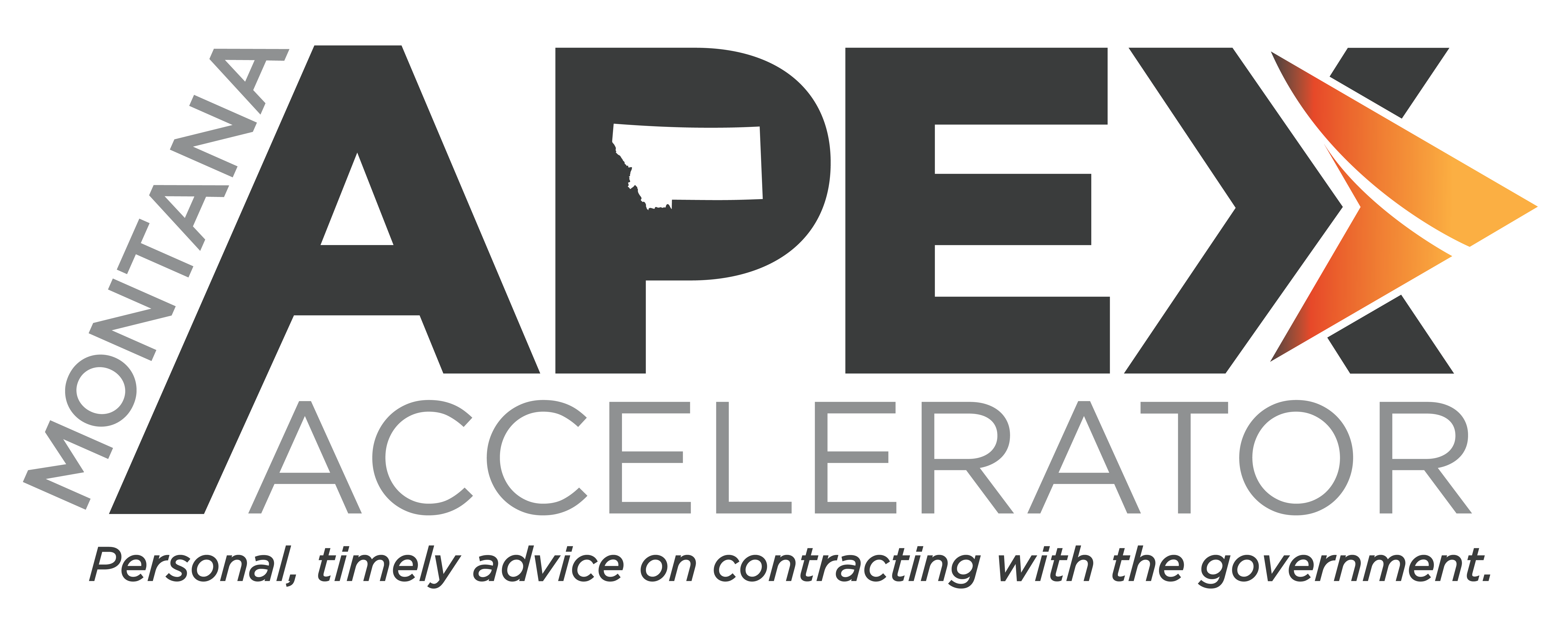
Responding to a federal request for proposal (RFP) can be a time-consuming and difficult task, but being armed with some key information and tips can help you put together a succinct and responsive RFP.
Federal RFPs are issued by an agency when the value of the contract is anticipated to be over the simplified acquisition threshold, which is $250,000. For contracts valued below $250,000 a federal agency will use other solicitation methods such as a purchase order or request for quote (RFQ).
Federal RFPs follow a format called the uniform contract format. It is important to be aware of this formatting as it will help you identify the key sections and be able to quickly reference each section as you are writing the proposal and putting together a response. The uniform contract format is found in FAR Part 15 (Contracting by Negotiation), specifically FAR 15.204-1.
The key sections of a federal RFP are below. Each federal RFP will be laid out in this order. Most will be labeled according to what is stated below, but there are instances where an agency may not label each section, but each section does exist within the RFP. Please reference the above link to get more detailed explanation of what is included in each section.
Part I -- The Schedule A - Solicitation/contract form B - Supplies or services and prices/costs C - Description/specifications/statement of work D - Packaging and marking E - Inspection and acceptance F - Deliveries or performance G - Contract administration data H - Special contract requirements Part II -- Contract Clauses I - Contract clauses Part III -- List of Documents, Exhibits, and Other Attachments J List of attachments Part IV -- Representations and Instructions K - Representations, certifications, and other statements of offerors or respondents L - Instructions, conditions, and notices to offerors or respondents M - Evaluation factors for award
Top Considerations
When responding to a federal RFP there are some important considerations to think about:
- Get notice of the opportunity well in advance. Allow yourself enough time to prepare a proper and complete response.
- Read through all documents and fully understand the scope of work (SOW).
- Make a go/no go decision. Do you want to submit a response or not based on the SOW?
- If possible, prepare a team to help put the RFP together.
- Prepare an RFP schedule of tasks for you and your team. This will help keep things organized.
- Diligently follow the instructions.
- Read the instructions and evaluation criteria together to fully understand how to respond.
- Speak to the scope of work when writing your technical proposal. Tell the agency how you will solve the problem.
- Compile all required submittals and organize them in the order and format described in the RFP.
- Get an outside person to read through your proposal. Contact your local PTAC for help.
- Submit proposal on time and per the instructions.
Proposal Writing Tips
Here are some tips to make your proposal the best it can be:
- Make your point first, then explain it.
- Be efficient with words. Convey more thoughts with fewer words.
- Everyone needs an editor. Have the editor check each tip given here.
- Create a proposal outline from the RFP’s instructions and organization.
- Support your facts with statistics and reasons.
- Use graphics, but sparingly. Any graphic you use should emphasize a point.
- Use simple and short declarative sentences. Avoid trite claims like “world class,” “best of breed,” “exceptionally,” and “uniquely,” especially if you can’t prove it.
- Avoid overblown statements, like “Collectively, the experience of the company’s staff exceeds ‘x’ person years.”
- Use “we”, “us” and “our” in simple, declarative sentences. (“We will deliver ‘X’ by [date].”)
- Use simple language appropriate to the reader. Write to express, not to impress.
The Montana PTAC is here to provide support in all stages of your government contracting journey. If you need assistance reviewing an RFP or would like another set of eyes on your proposal before you submit it, do not hesitate to reach out to the PTAC office that covers your area.
